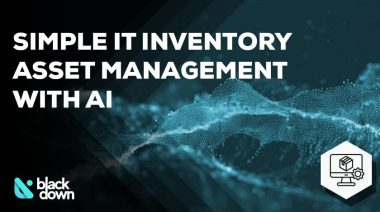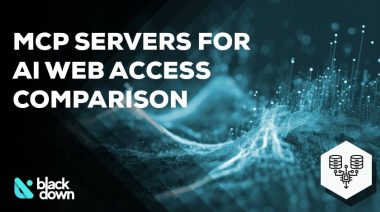In today’s rapidly evolving finance landscape, businesses can no longer afford slow, error-prone financial close processes. Traditional methods (built on spreadsheets, emails, and manual reconciliations) are increasingly becoming roadblocks to agility and accuracy. To deal with those issues we recommend HighRadius Financial Close: an AI-powered solution that transforms how companies manage month-end close.
This article compares traditional financial close methods with the AI powered approach and explains why leading companies are making the switch.
The Shortcomings of Traditional Financial Close
For years, finance teams have relied on manual processes to complete their month-end and year-end closes. However, this traditional approach comes with significant drawbacks:
- Extended Close Cycles: With countless manual journal entries, reconciliations, and approvals, traditional closes often take weeks. This delays critical reporting needed for business decisions.
- Higher Error Rates: Manual data entry across disparate systems creates opportunities for mistakes, leading to costly misstatements and rework.
- Lack of Real-Time Visibility: Spreadsheets and offline tracking make it hard for CFOs and controllers to get a live view of the close status, creating a black box effect.
- Resource Intensive: Skilled finance talent spends most of their time chasing approvals, fixing errors, and consolidating reports, leaving little room for value-added analysis.
- Compliance Risks: Maintaining audit trails manually is cumbersome. It also increases the risk of failing regulatory requirements like SOX compliance.
Despite their familiarity, these methods are unsustainable in a digital-first, high-compliance business environment.
A Smarter, Faster Alternative
HighRadius reimagines the month-end process using cloud-based automation and artificial intelligence. It eliminates the inefficiencies of manual tasks, ensuring a faster, more accurate, and more transparent close.
Key capabilities include:
- AI-Powered Task Automation: Routine activities such as account reconciliations, journal entries, and exception handling are automated, allowing finance teams to focus on higher-value work.
- Real-Time Close Visibility: Executive dashboards offer a 360-degree, real-time view of the entire close cycle, including progress tracking, bottleneck identification, and exception management.
- Seamless ERP Integration: Connects natively with major ERP systems like SAP, Oracle, and NetSuite, ensuring that data flows seamlessly across platforms without duplication.
- Built-in Compliance Controls: Audit trails, approval workflows, and policy enforcement mechanisms are embedded within the platform to ensure SOX and global regulatory compliance.
- Scalable and Configurable: Whether you are managing the close for a single entity or hundreds of entities across geographies, it scales effortlessly.
AI automation vs. Traditional Financial Close: A Detailed Comparison
| Criteria | Traditional Methods | HighRadius |
| Efficiency | Manual and time-consuming tasks | 30–40% reduction in close cycle time |
| Error Rates | High due to manual input and lack of validations | 95%+ accuracy via AI validations |
| Visibility | Limited or no real-time status tracking | Live dashboards and real-time progress monitoring |
| Audit & Compliance | Risk of incomplete audit trails | Built-in controls and automated audit readiness |
| Scalability | Manual scaling is labor-intensive | Easily scalable to accommodate growth |
| Employee Experience | High burnout due to repetitive tasks | Improved job satisfaction and focus on analysis |
The evidence is clear: a great tool with AI significantly outperforms traditional methods across all critical dimensions.
Conclusion
Finance leaders today face pressure to close faster, comply with growing regulations, and deliver sharper insights. Sticking with traditional methods is not just inefficient – it’s a competitive risk.
AI-powered solutions empower finance teams to automate, accelerate, and standardize the close process. With better workflows, real-time visibility, seamless ERP integration, and robust compliance frameworks, these don’t just improve the financial close; they redefine it.
Alexandra Chen
Related posts
Popular Articles
Best Linux Distros for Developers and Programmers as of 2025
Linux might not be the preferred operating system of most regular users, but it’s definitely the go-to choice for the majority of developers and programmers. While other operating systems can also get the job done pretty well, Linux is a more specialized OS that was…
How to Install Pip on Ubuntu Linux
If you are a fan of using Python programming language, you can make your life easier by using Python Pip. It is a package management utility that allows you to install and manage Python software packages easily. Ubuntu doesn’t come with pre-installed Pip, but here…











